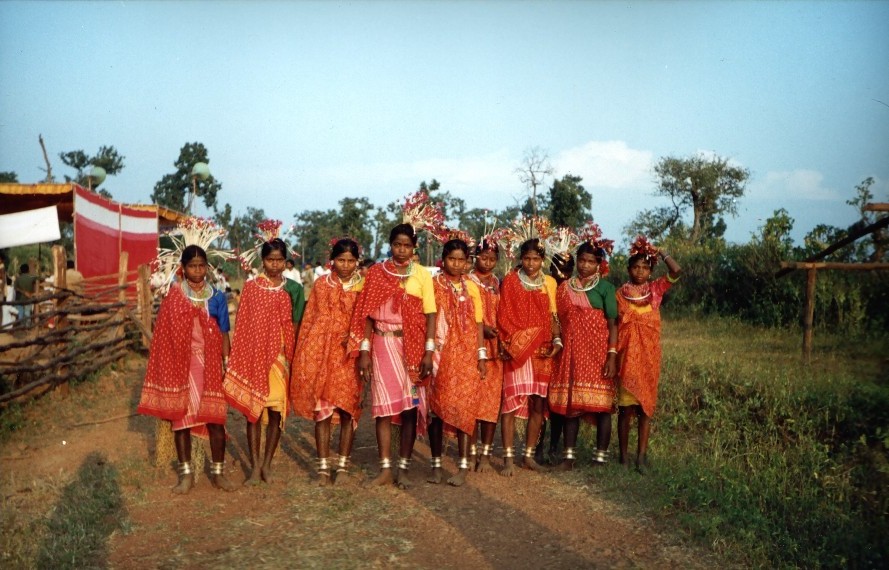News Highlight
On November 17, 1913, a tragedy occurred in Mangarh (Banswada, Rajasthan). The British killed more than 1,500 tribals in Mangarh. This tragedy is called the Mangarh Massacre and is also known as the Adivasi Jallianwala.
Mangarh Massacre
- History
- Bhils, a tribal community, faced significant troubles at the hands of the rulers of the princely states and the British.
- By the end of the 20th century, the Bhils living in Rajasthan and Gujarat became bonded labour.
- The great famine of 1899-1900 across the Deccan and Bombay Presidency killed over six lakh people and only made the situation worse for the Bhils.
- Leader
- From this tragedy emerged a social activist named Govind Guru Mobilised and trained by him, the Bhils placed a charter of 33 demands before the British by 1910, primarily relating to forced labour, a high tax imposed on Bhils and harassment of the guru’s followers, by the British and rulers of princely states.
- The Bhils rejected the British’s attempt to alleviate them. The British then asked the Bhils to leave Mangarh Hill before 15 November 1913. But that didn’t happen.
- Mangarh Massacre
- On 17 November 1913, the British Indian Army fired indiscriminately on Bhil protesters, and it is said that over 1,500 people, including women and children, died in the tragedy.
- Govind Guru
- Govind Guru was a revolutionary leader of the tribals of Mangarh.
- He was a living legend among the Bhil and Garasiya tribal communities.
- Before Govind Guru became a leader in India’s freedom struggle, he played an essential role in India’s renaissance movement.
- At age 25, he impressed Swami Dayanand Saraswati, a central figure of that movement in north India.
- He, along with Swami Dayanand Saraswati, initiated a wave of social reforms in the tribal areas.
- This led to the creation of a Sump (Unity) Sabha, whose first meeting was held on the hilltop in Mangarh.
- This historical event solidified Mangarh’s significance in Indian history as it became central to the tribal movement in this area.
- After the Mangarh massacre, Govind Guru was given a death sentence, and his wife was arrested. But fearing that the movement of tribal Bhils would turn violent, the British postponed his execution and sentenced him to 20 years of imprisonment on an isolated island.
- He lived his last years in Kamboi, Gujarat, where he died on October 30, 1931.
- Bhagat movement
- The Bhagat movement was initiated in 1908 by Govind Guru, where tribals gathered around the fire to reaffirm their oath, it was also seen by the British as a threat.
Bhil Tribe
- About
- Bhils are commonly referred to as Rajasthan’s bowmen. They are India’s most widely dispersed tribal communities.
- As per Census 2011, Bhils are India’s largest tribe
- Types
- They are broadly classified into two types:
- Central or Pure Bhils
- Eastern or Rajput Bhils.
Content Source: Indian Express



